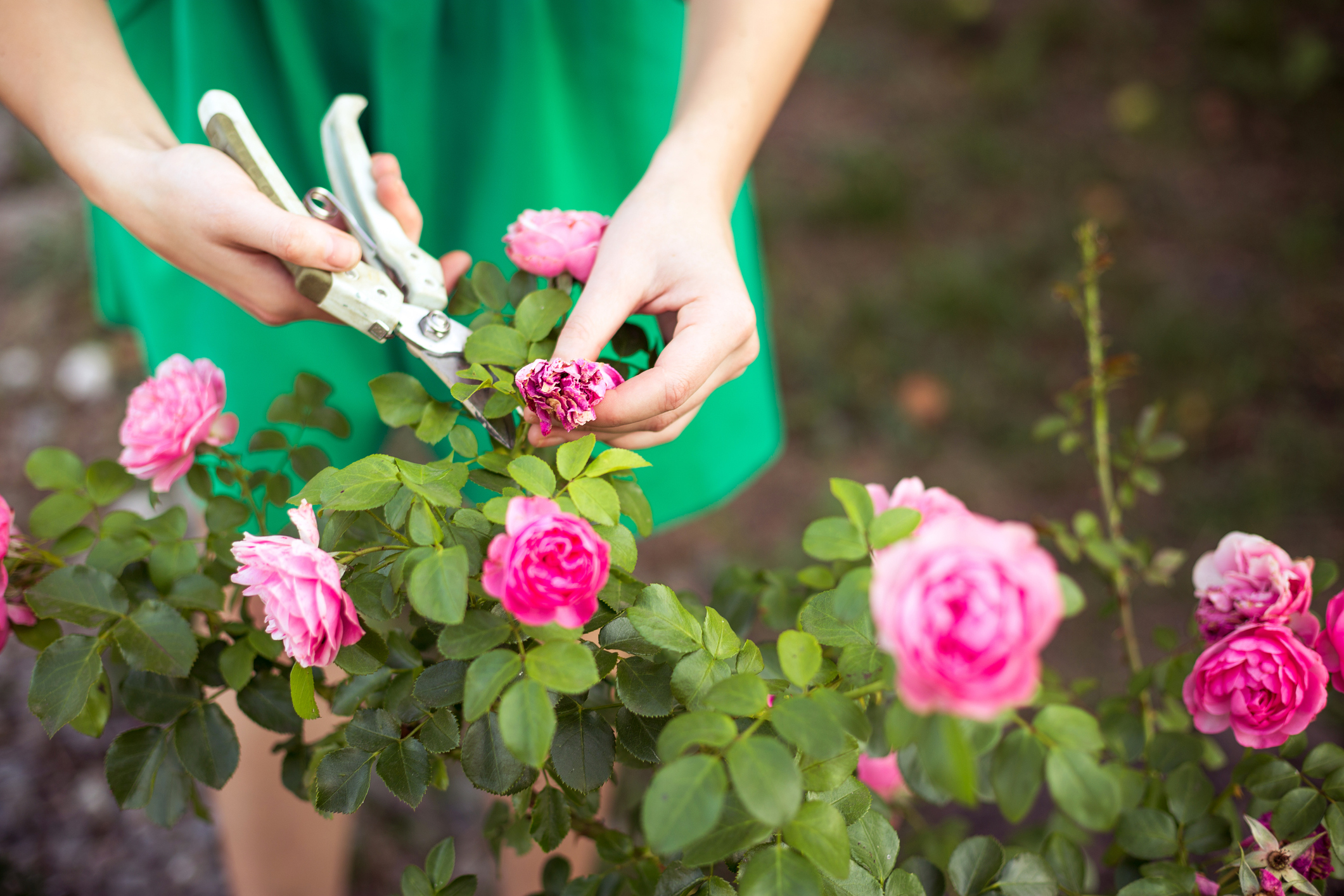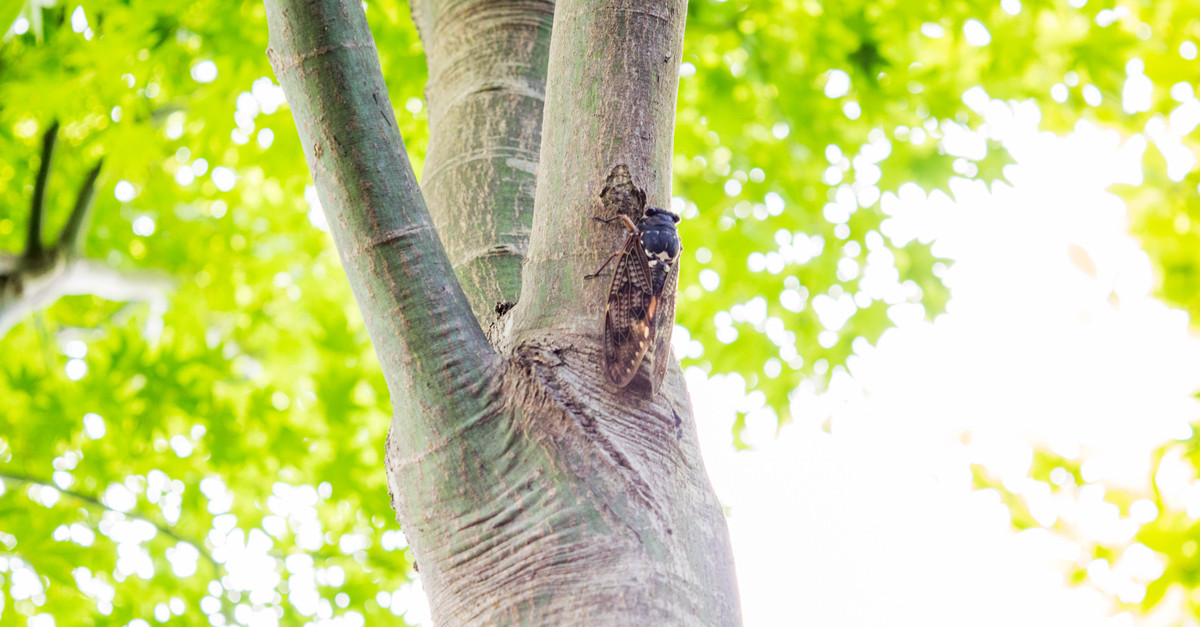Prune Before the Bloom: Why It’s Best to Prune Trees in the Early Spring
Early spring tends to be the best time of the year to get out in the yard and trim trees. Tree pruning is the most effective during this time of the year for several good reasons. From reducing allergy effects to keeping your yard looking its best, if it’s springtime, it’s time to trim and prune your trees and bushes.
Undoing Winter’s Damage
One of the main reasons to trim trees in the early spring is that it can help undo winter’s damage. If you had a harsh winter, then there are likely lots of trees and bushes in your yard that have weakened or broken branches. If you leave these branches as they are, this can be dangerous. With this in mind, spring is the perfect time to remove weak and broken branches to ensure they don’t fall on you or someone else.
Take Advantage of Stronger Immunity
Spring is a time of the year in which rapid growth and renewal of life take place for your trees. Their immune systems tend to be extremely strong during spring, meaning they are less likely to die from wounds. When you prune and trim in the spring, the trees can use their stronger immunity to be more resilient to wounds and not become sick.
Be Aware of Dangers
Although the springtime is a great time of the year to prune and trim, this doesn’t apply to all trees. There are certain species of trees that don’t do well with spring pruning and trimming, which are:
- Elm trees
- Oak trees
- Ash trees
All of these species of trees have a high susceptibility to certain diseases, many of which are spread by insects. If the trees have wounds due to trimming or pruning during the spring, this means the insects are more likely to be attracted to the wounds and infect the trees. Because of this, it is usually best to prune and trim the trees during late summer or early autumn.
Premier Tree Solutions can help. We specialize in a number of arboreal areas, including tree removal, tree trimming, pruning, storm damage reparation and cleanup, branch clearing and debris removal, stump removal, grinding, Bobcat work and more. If you need tree-related help, give us a shout. Let us know how we can help today at 404-252-6448 or contact us here.








